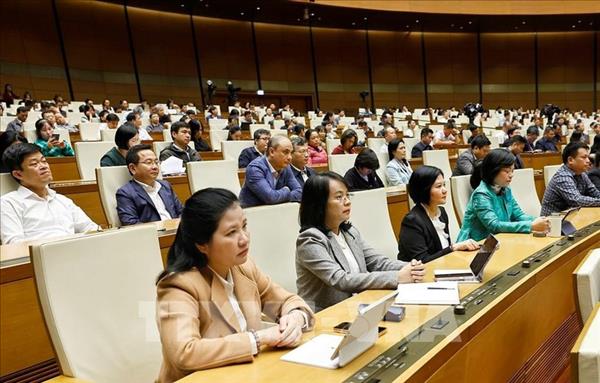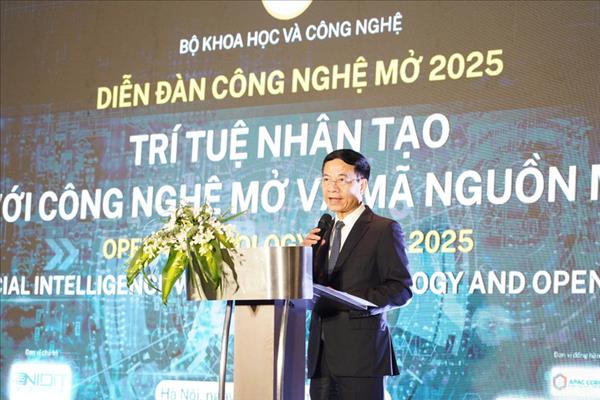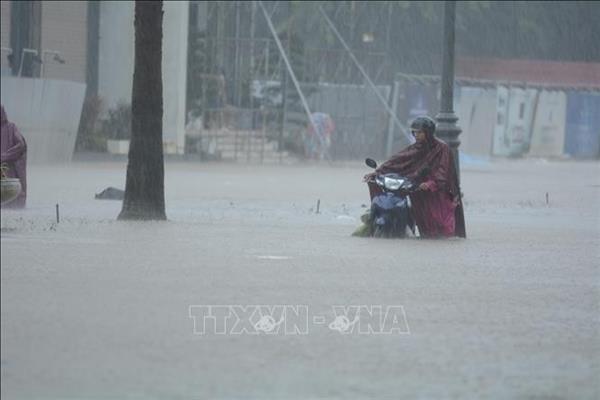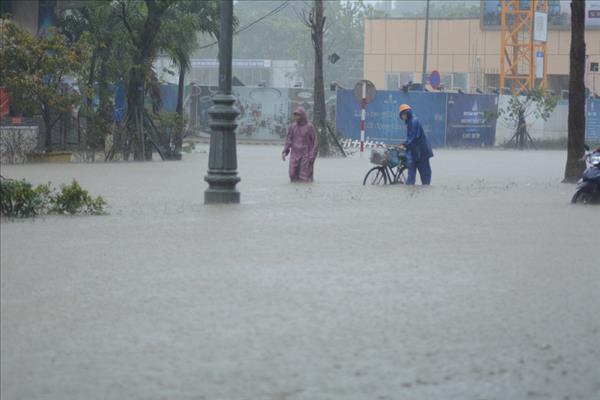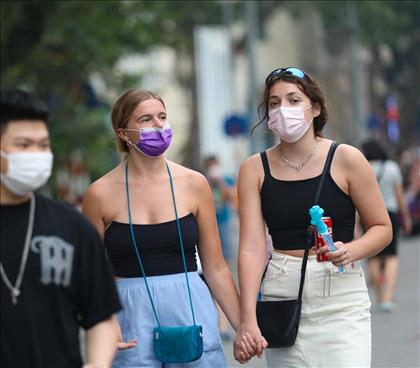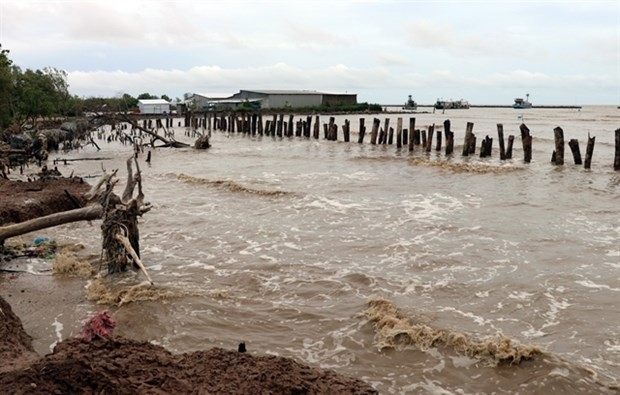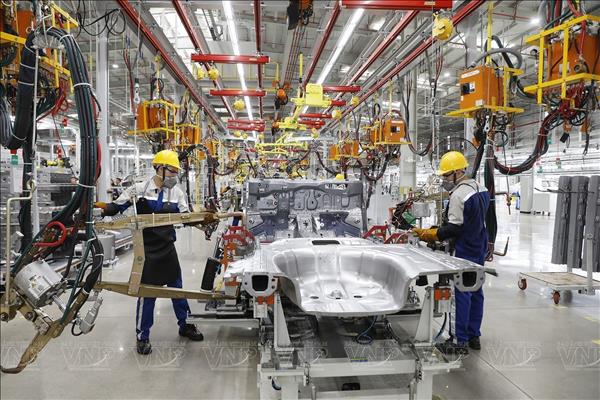The decision is considered a measure to facilitate people’s access to health care services and reduce the load for upper-level hospitals.
Recently, in the meeting room of Viet Duc Hospital’s Training & Direction of Healthcare Activities Centre (TDHA), multiple orthopedists gathered for a consulting session with 25 district-level hospitals.
Prior to the session, data related to the six patients concerned was extracted from the picture archiving and communication system (PACS) and sent to the hospital deputy director, Dr Nguyen Manh Khanh.
Instead of having to take time out of the meeting to study the medical records, Dr Khanh now can immediately discuss the cases.
In this instance, it was a patient who suffered serious injuries to their lower body due to a traffic accident.
Dr Khanh said to the medical staff from Thanh Hoa Provincial General Hospital via the telehealth platform: “The X-ray, CT and MRI images from PACS show that the three fracture sites are looking great, which means the surgery had gone well.”
The Thanh Hoa General Hospital started using PACS three years ago, which helps with storing images without printing.
With this technology, doctors from other locations can accurately view and monitor the image data, rather than photos of the actual films.
The hospital is also one of the few facilities across the country that have put in place digital medical records rather than traditional paper ones.
The telehealth sessions are not only for consultation but also special “classes” where doctors from the Viet Duc Hospital can comment on problem-solving techniques and share their knowledge with colleagues at the district level.
Dr Khanh said: “A case can happen in one location but could be a necessary lesson for many colleagues in other places.
“Therefore, it is necessary to have the space for analysing and discussions on the possible scenarios when similar cases happen, and thereby putting forward the optimal solutions.”
In addition to the regular sessions, the Viet Duc Hospital’s doctors have also been participating in complicated, critical cases in the lower-level hospitals.
This has allowed the medical staff to act within the ‘golden hour’ during emergencies.
One of these cases was that of a 58-year-old patient in Quang Ninh Provincial General Hospital who was diagnosed with a broken heart due to a traffic accident.
This was a rare case that usually could only be handled by upper-level hospitals, however, the patient’s critical conditions could result in death if she was to be transferred to Hanoi.
An emergency telehealth session was set up between the Viet Duc Hospital and Quang Ninh Provincial General Hospital for her emergency open-heart surgery, and the patient was saved.
In 2021 and 2022, the Viet Duc Hospital has conducted more than 190 telehealth sessions not only with doctors but also nurses, said Dr Khanh.
The Ministry of Health (MoH) has planned to promote the application and development of digital health care platforms in the National Digital Transformation Programme by 2050, with a vision to 2030.
In this plan, telehealth sessions are considered a key factor in digital transformation of the health care sector.
Since June 2020, the number of upper-level hospitals included in the pilot for the technology has increased from 24 to over 100.
Nguyen Truong Nam, deputy director of the MoH’s information technology department said that as of current, the ministry has launched 1,000 local connection points for telehealth sessions.
Mentioning the critical cases that could not handle the long travel distance if transferred, Dr Khanh hoped that more health care facilities, especially those in remote areas, will be included in the network.
He added that he wished to share the medical data and systems in an encrypted and coherent manner so that better telehealth sessions will be conducted, promptly providing treatment to patients./.



